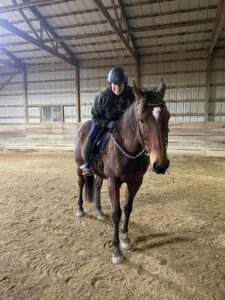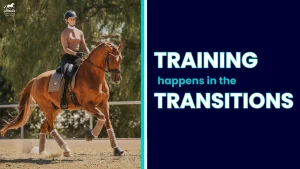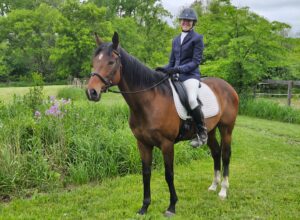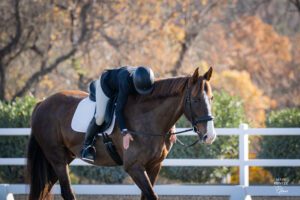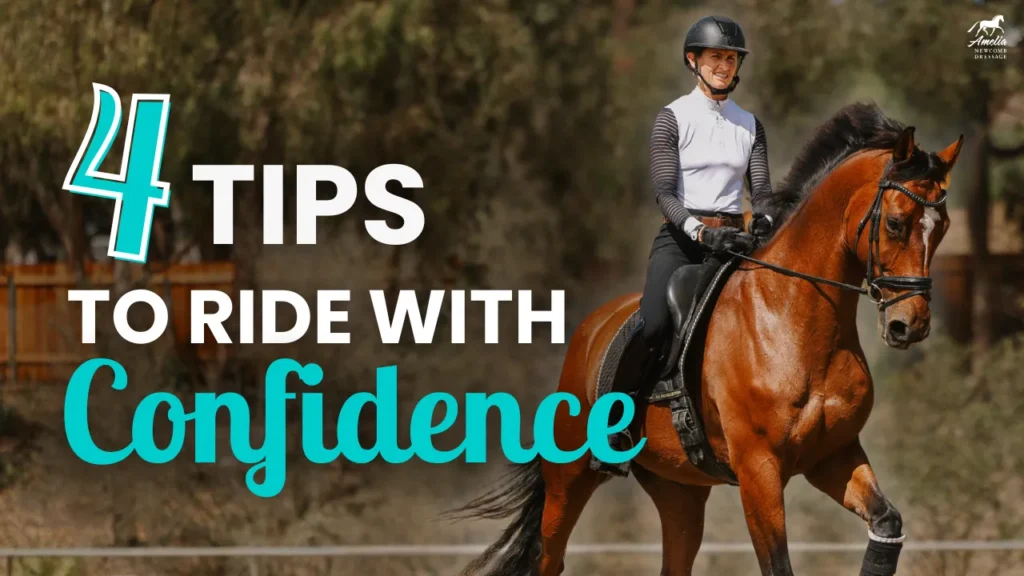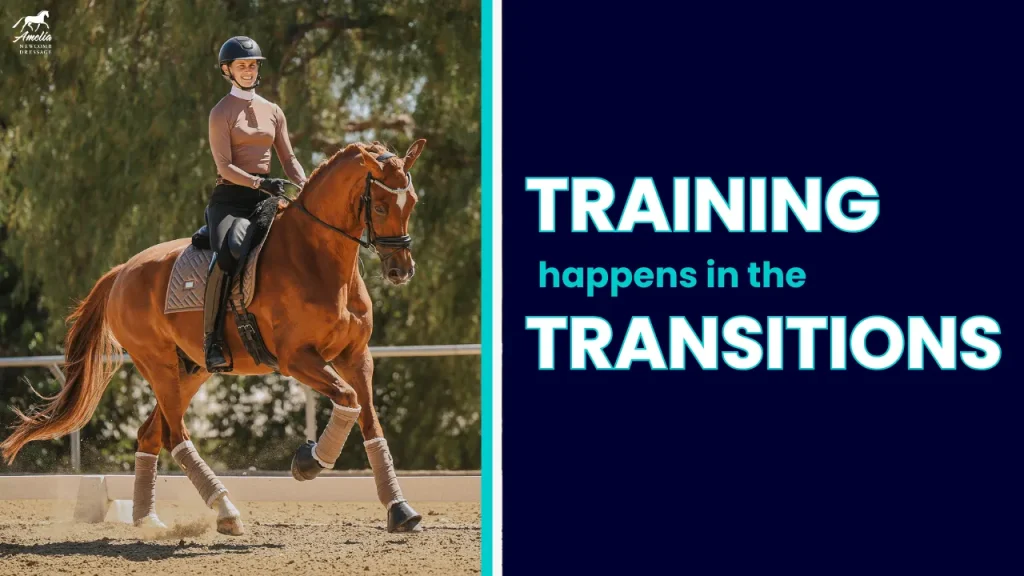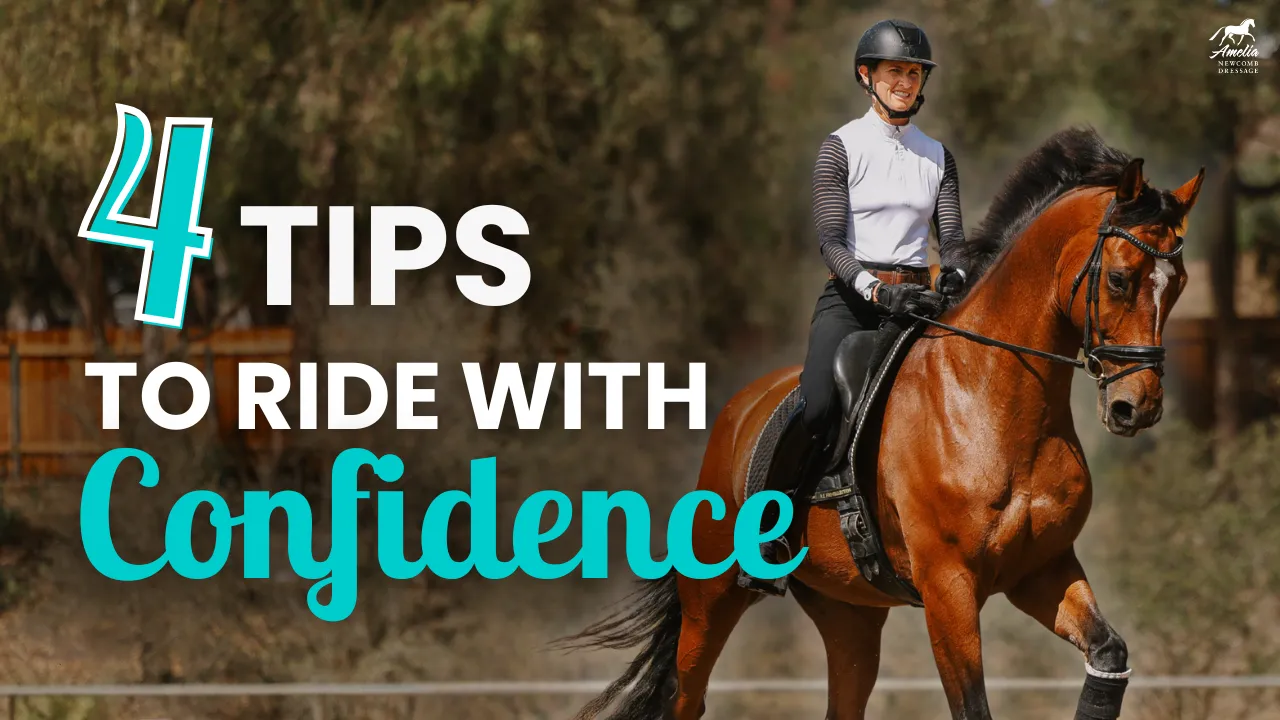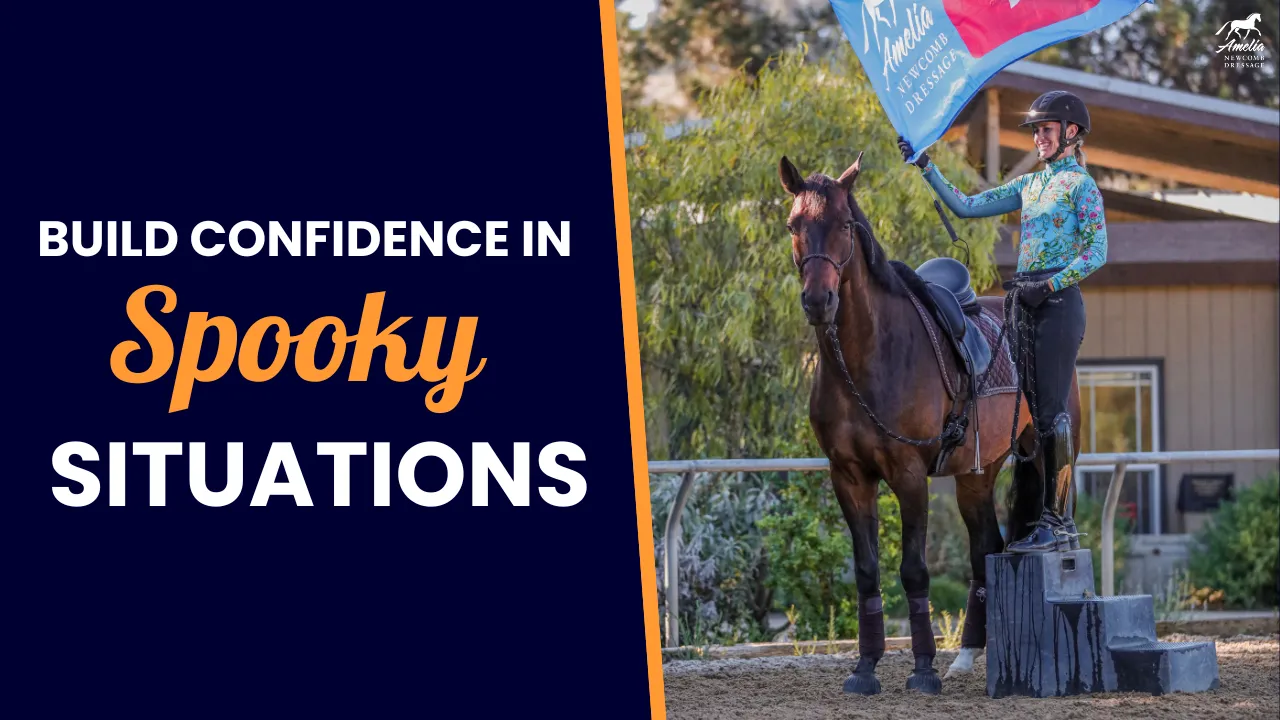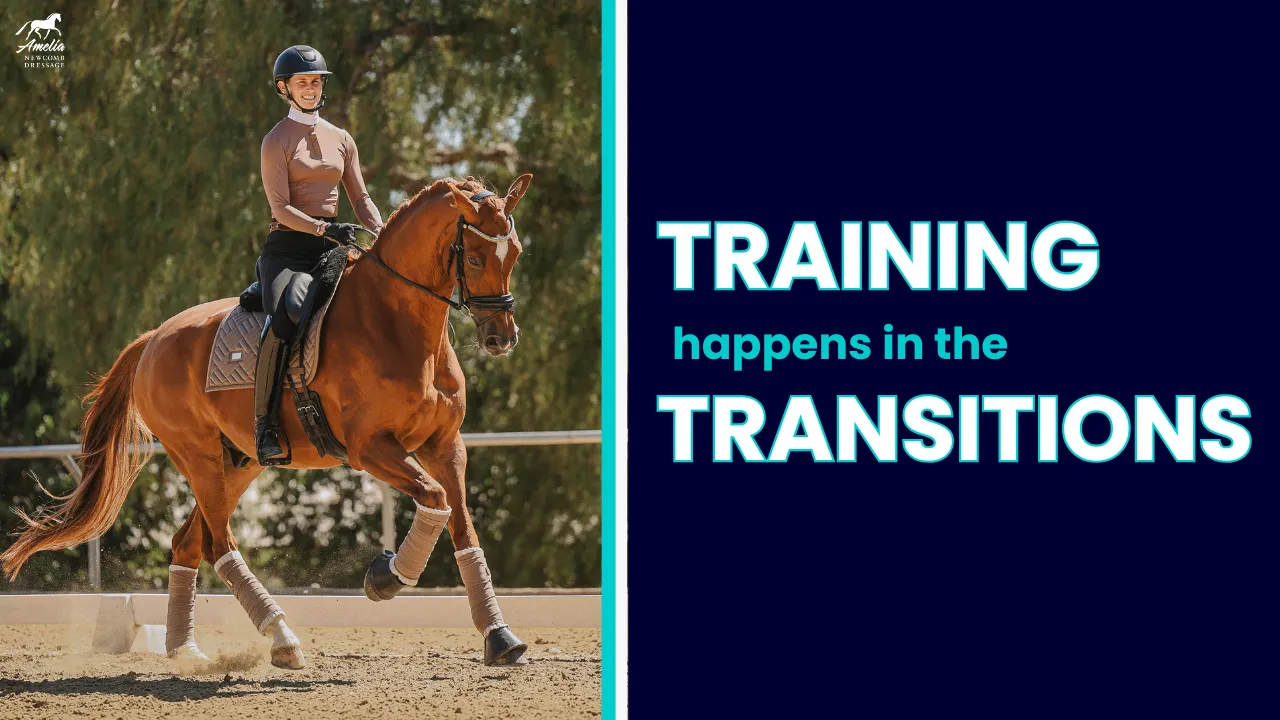When we ride, it’s easy to underestimate the force our bodies place on a horse’s back—especially at the trot and canter where the pressure from our weight can actually double. That means if you weigh around 140 pounds, the impact can increase to nearly 300 pounds with every stride. To ensure comfort for both horse and rider, it’s crucial to move with the horse’s motion and make sure that you have a properly fitted saddle in order to stay as balanced and light as possible.
Today, we’ll dive into three essential tips to help you align with your horse’s rhythm and minimize excess force on their back. Plus, we’ll discuss how using supportive gear, like Total Saddle Fit’s innovative Squish Pad, can further enhance comfort and reduce pressure. Let’s get into it!
1. Correct Saddle and Pad
Before you even mount, having a well-fitted saddle is key. Proper saddle fit ensures your weight is distributed evenly, which is the first step in reducing discomfort for your horse. Adding a quality pad, like Total Saddle Fit’s Squish Pad, can make a substantial difference. This pad is designed to reduce and equalize force by up to 28%, helping both rider and horse feel more at ease. The padding minimizes any bouncing impact and ensures a smoother ride, keeping the horse’s back healthier over time. I also personally recommend Total Saddle Fit’s ergonomic Shoulder Relief Girths to ensure your saddle stays snug without constricting, and lets your horse breathe more freely, which is vital for optimal movement and comfort.
2. Maintain Proper Alignment
Once you’re in the saddle, positioning is everything. Make sure that you are in the correct alignment to absorb the motion of your horse. Maintain a straight line from ear, shoulder, hip, to heel. This “neutral spine” position allows you to stay relaxed and balanced, which is crucial for following your horse’s movement. Common alignment issues include leaning too far forward, which causes bouncing and adds undue strain on your horse’s back, or sitting too far back in a “chair seat,” which stiffens the rider’s position. Check your alignment frequently—especially when transitioning between gaits.
3. Illusion of Stillness
Watching an experienced rider’s sitting trot can give the impression they’re effortlessly still. But, in reality, they’re constantly adjusting their body to follow the horse’s movement. Achieving this illusion of stillness requires active, flexible movement in your hips, lower back, ankles, and elbows. Instead of holding your body rigid, allow your seat bones and pelvis to absorb the motion. By consciously moving with your horse rather than trying to “sit still,” you’ll create a more comfortable experience for both of you.
Give these tips a try, and let us know how they work for you!
Happy Riding!
Amelia
P.S. Want to learn more about Total Saddle Fit products? I love using their Squish Pad and Shoulder Relief Girths, and have seen a big difference in my horses using them. Click here to explore Total Saddle Fit’s ergonomic tack – your horse will thank you!
